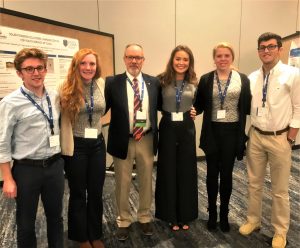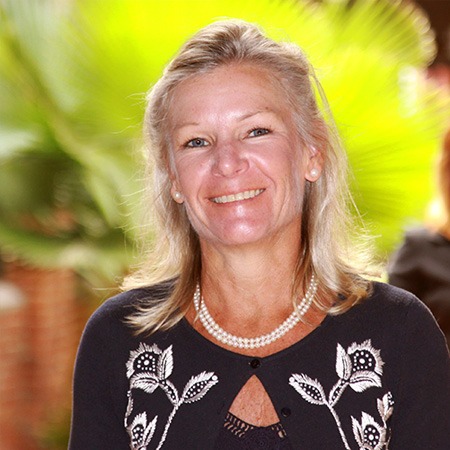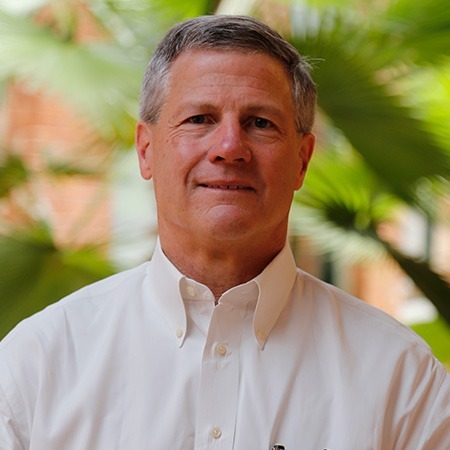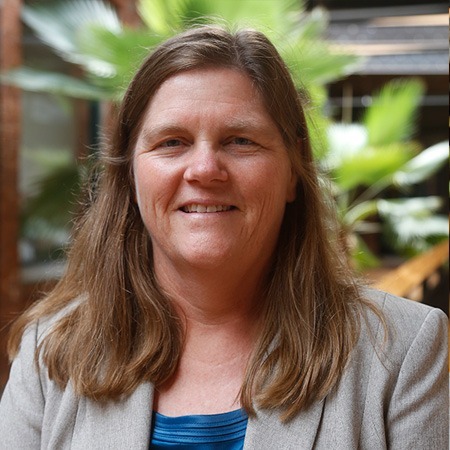A geologist walks into a roomful of engineers
It was great to tell our success story, but it needs a happy ending.
By Jerry Wylie (Posted Dec. 4, 2018):

SynTerra and the Clemson student chapter of Engineers Without Borders were well represented in San Francisco. From left: Jared Capuano, Bradley York, SynTerra Senior Geologist Jerry Wylie, Sarah Rowell, Samantha Ihm, and Kevin Stine.
What a great experience!
With anticipation and a little nervousness, I recently wrote about my opportunity to represent SynTerra and Clemson University at the Engineers Without Borders National Conference. Before I knew it, I was at the podium in San Francisco. I presented “Bedrock Fracture Trace Analysis for Optimal Well Location: Nicaragua Case Study” last month to a large and eager audience of students, professionals, and others who seek sustainable solutions to engineering-related challenges in the developing world.
I told our story about an ongoing project in El Serrano, a remote village in Nicaragua. That story included successful well selection and installation work, and how we used map analysis, GIS techniques, and tried-and-true hydrogeological experience to select and drill a promising water supply well site. I wanted to inspire and educate other EWB chapters about an easy, effective approach to improving the odds of drilling a successful water supply well in fractured rock aquifers. I was one of only two hydrogeologists who presented at the conference, so I was happy to share my perspective with engineering students who have not been exposed to the fascinating world of groundwater geology.
I think I accomplished my mission. Immediately after my presentation and formal Q&A session, I was bombarded by students and mentors who wanted to tell me their “stories” about similar projects … but with dramatically different results — dry, non-productive wells. They recounted the frustration of raising money and having little to show for it. And they were interested about whether the techniques we used would work in their setting or situation.
A couple stark reminders
The experience prompted a couple stark reminders: First, our project has had such success, for which I’m relieved and grateful; second, there is still much to do! There are countless villages and towns throughout Nicaragua and the rest of Central America (not to mention areas of South America and Africa) that need clean water. Hopefully, my presentation inspired EWB chapters to look hard at all available means of providing clean, sustainable water supplies for the communities with whom they have partnered.
At the conference, I reconnected with EWB-Nicaragua engineers who were fortunate enough to travel to the U.S. Politically, things are quieter in Nicaragua these days, but many believe that the unrest of this past spring and summer will erupt again. They say it’s like holding a lid tightly on a boiling pot; at some point, the heat and pressure will become too much and the lid will blow off. I hope that all Nicaraguans can somehow find a peaceful, reasoned solution for their disagreements.
In the meantime, as I’ve written before, our chapter will work remotely with our friends in El Serrano on small but important steps that incorporate the new supply of clean water. It is difficult to work remotely, but we will do all we can until our next trip.
No better time to express gratitude
Finally, as we enter the holiday season, there is no better time to express gratitude. I’m especially appreciative that SynTerra has so graciously supported my work with EWB and made possible my attendance and participation at the national conference in San Francisco. Through my presentation and interactions during the weekend, I hope that I was able to personify one of our core values at SynTerra: People don’t care how much you know until they know how much you care.




